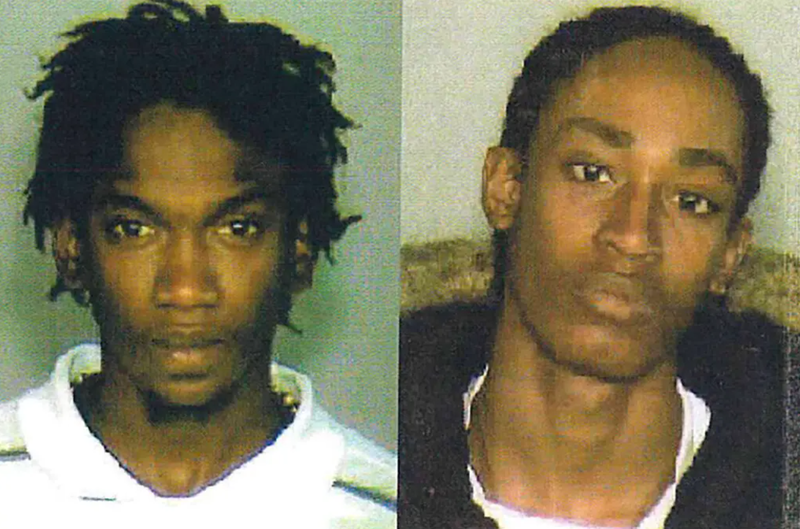
NEW YORK (1010 WINS) — A Brooklyn judge vacated a conviction for a 2004 murder after an investigation after the Brooklyn District Attorney’s Office concluded police pressured a witness to identify a man with the same name as the defendant as a pretext to arrest their intended target.
Sheldon Thomas, 35, was sentenced to 25 years-to-life in prison for the murder of 14-year-old Anderson Bercy in East Flatbush. He served 18 years in prison for the killing.
The defendant was arrested after a witness identified a different person named Sheldon Thomas in an array of pictures provided by police.
The botched identification didn’t come to light until a June 2006 pre-trial hearing, after the incorrect Thomas had already been arrested and indicted.
Police lied to the court to conceal the bogus arrest and, after that perjury was revealed, the DA’s office later made excuses for why the prosecution could continue, according to an investigation by the Brooklyn District Attorney’s Conviction Review Unit.
The DA’s probe also revealed evidence that police were looking for an excuse to arrest Thomas and manufactured the circumstances to wrongly charge him with murder.
“An extensive reinvestigation by my Conviction Review Unit revealed that it was compromised from the very start by grave errors and lack of probable cause to arrest Mr. Thomas,” said Brooklyn District Attorney Eric Gonzalez. “He was further deprived of his due process rights when the prosecution proceeded even after the erroneous identification came to light, making his conviction fundamentally unfair.”
A witness initially identified two men she knew as perpetrators of the fatal shooting. She did not identify Thomas.
A detective obtained a picture of a different Thomas from a police database and “prompted” the witness to identify him as a participant in the shooting.
Based on that identification, police arrested a different person by the same name. That same witness then confirmed the wrongfully arrested Thomas as the suspect — effectively fingering two different people with the same name as the perpetrator.
Det. Robert Reedy initially lied on the stand, and said the Thomas identified from the array was the same Thomas indicted, but on cross examination he admitted that he falsely testified.
Reedy was later disciplined by the NYPD after an Internal Affairs Bureau investigation.
Despite these revelations, the judge found there was probable cause to arrest Thomas based on anonymous tips and the fact that he looked similar to the other Thomas.
The CRU’s investigation concluded that the two men did not look similar and found no evidence that anonymous tips played any part in the police’s interest in the defendant.
In fact, the probe found Reedy and other detectives repeatedly harassed the defendant for an unrelated gun arrest, contradicting testimony that Reedy had never seen the defendant before.
The CRU believes police knowingly pressured the witness to choose the picture of a man with the same name as the person they wanted to arrest.
“The detectives were intent on arresting defendant,” wrote CRU investigators.
The probe also solicited a study by 32 law students of color who were shown a photo of the defendant, himself a Black man, and the pictures from the array. Twenty-seven correctly asserted the defendant was not in the array. Of the five who said he was in the array, only one picked the photo the witness identified that led to Thomas’ arrest.
Thomas appeared before a Brooklyn judge Thursday afternoon, where the DA’s office pushed for his sentence to be vacated due to errors that “undermined the integrity of the entire judicial process and defendant’s resulting conviction.”
The judge vacated Thomas’ conviction, though it’s unclear whether the police involved in framing him will face repercussions.



